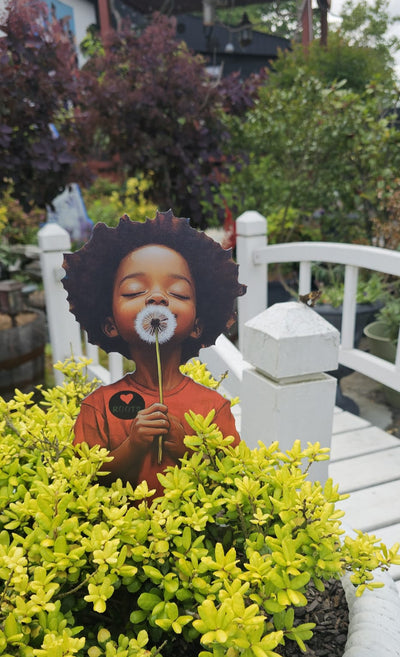BAIA BITS: William Artis: sculptor leaves a legacy in stone
BAIA BITS
“Earth… water… fire…air. From the dawn of his existence, man has used these elements to express his joys and sorrows and dreams. And so we understand why clay was William Artis’ medium through which he expressed tenderness and hope. To the world of art, he left a rich legacy of sculpture and ceramics.”

In the summer of 1977, not long after the passing of sculptor William Artis, these words appeared in the Volume 1, Number 4 issue of Black Art Quarterly, the journal that would later rebrand as the International Review of African American Art. Attributed to the journal’s co-founder, Samella Lewis, the poignant passage memorialized a dedicated artist and teacher whose name foretold his gifts and his significant artistic legacy.
Born in Washington, North Carolina in 1914, the promising young Artis moved to New York in 1927, subsequently studying under Augusta Savage and Selma Burke. He was a part of the Harmon Foundation exhibition in 1933, and received the John Hope Prize, resulting in a scholarship to the Art Students League. Artis was later was hired by Audrey McMahon, the director of the College Art Association, to teach crafts and create murals in local churches and community centers. During this period, he produced some of his most noted works including his signature terracotta and stoneware portrait busts of Black youth.

After serving in World War II, Artis received his Bachelors and Masters in Fine Arts from Syracuse University before becoming Professor of Ceramics at Nebraska Teachers College, and then a Professor of Art at Mankato State College. While teaching, he employed a Harmon Foundation Travel Fellowship and Lecture Tour award to visit schools across the country and engage students, encouraging them in the study of art. While working with students in the 1970s, Artis’ art was exhibited at numerous institutions including Fisk University and the Harmon Foundation.
Upon his 1977 death, Artis would leave both a figurative and literal legacy in stone given the adoration of his peers, the impact on the many students he taught, and the striking stoneware and terracotta sculptures he left behind.
BAIA BITS are produced in part by the generous support of our Patreon members with a special shout out to Zadig & Voltaire.
























